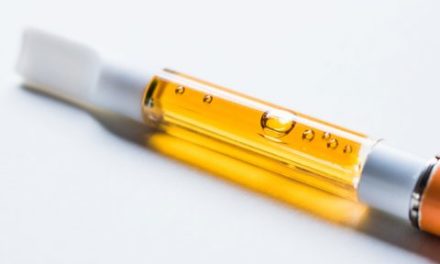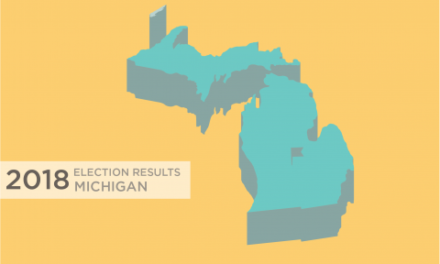We’ve referenced the Trademark Trial and Appeals Board (TTAB) in numerous posts related to protecting your cannabis trademarks, but many clients come to me unaware of the functions of the TTAB. This post will give a basic rundown of what the TTAB does, and what the trademark opposition process looks like. This process is something we have handled for numerous clients, both domestic and foreign, and is something that every trademark applicant should be aware of.
The TTAB hears two types of proceedings: 1) ex parte appeals from denial of your application for registration by an examining attorney, and 2) inter partes opposition, cancellation, concurrent use or interference proceedings.
The latter, trademark opposition proceedings, will be the focus of this article. A trademark opposition is a proceeding in which one party seeks to prevent registration of another party’s trademark. If a party believes that it will be damaged by the registration of a mark, it can file an opposition. The TTAB’s Manual of Procedure provides guidance for TTAB proceedings, and the TTAB follows the Federal Rules of Civil Procedure.
Following application for a U.S. federal trademark, if an examining attorney approves an application for publication, that application will be published for opposition for a period of 30 days. During that 30-day opposition period, third-parties may file a Notice of Opposition with the TTAB, which begins the opposition proceeding. During the opposition period, third-parties may also request extensions to file a Notice of Opposition, granting them additional time to attempt settlement negotiations or begin the opposition process.
An opposition proceeding with the TTAB is very similar to litigation in federal or state court. The Notice of Opposition that must be filed by an opposer is similar to a complaint in that it states the factual background of the case, the grounds for opposition of the trademark application, and the request for relief. Any person who believes it is or will be damaged by registration of a mark has standing to file a complaint.
The most frequently encountered issue in TTAB inter partes proceedings are claims for likelihood of confusion. Pursuant to the Trademark Act, a plaintiff/opposer must assert, and prove at trial, that the defendant/applicant’s mark, as applied to its goods or services, so resembles plaintiff’s previously used or registered mark or its previously used trademark name as to be likely to cause confusion, mistake, or deception. The elements of a claim of likelihood of confusion are as follows:
- Priority – a plaintiff must plead priority of use; and
- Likelihood of confusion – we have written about this standard before, and the factors used in determining likelihood of confusion include the similarity of the marks, the relatedness of the goods and/or services, the channels of trade and classes of purchasers for the goods and/or services, the number and nature of similar marks in use on similar goods, the nature and extent of any actual confusion, and the fame of the prior mark.
It is general practice of the TTAB to allow the defendant in an opposition proceeding 40 days from the mailing date of the notice of institution in which to file an answer. If no answer is filed within the time initially set (or as may later be reset by the TTAB), the opposition may be decided as in case of default.
Therefore, if you receive a Notice of Opposition from the TTAB, it is critical to consult with an attorney immediately to begin developing your strategy for your response. Likewise, if you notice that a trademark application is about to issue for a mark you believe to be confusingly similar to your own, consult with an experienced IP attorney to determine whether you have standing to file an opposition. We expect to see these types of proceedings skyrocket in the cannabis space as companies are filing to protect their ancillary goods and services, and also once full federal trademark protection is available for cannabis goods and services.
Source of article: https://www.cannalawblog.com/cannabis-trademarks-understanding-the-opposition-process/

















